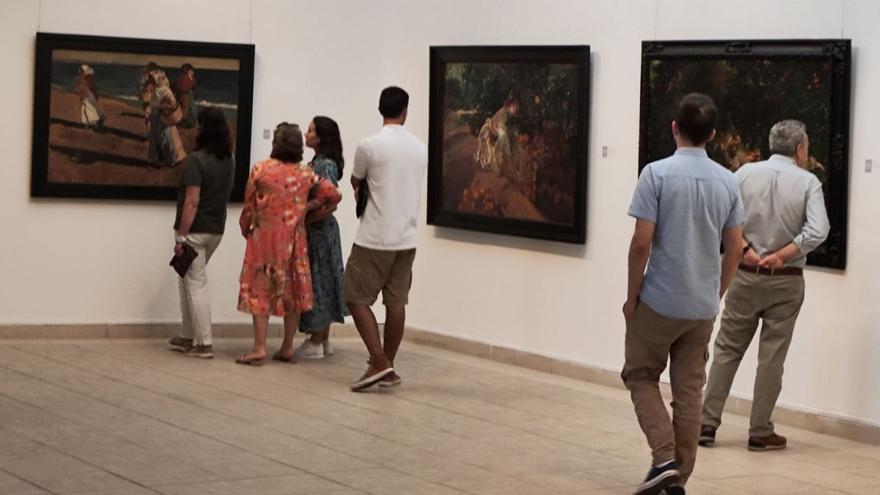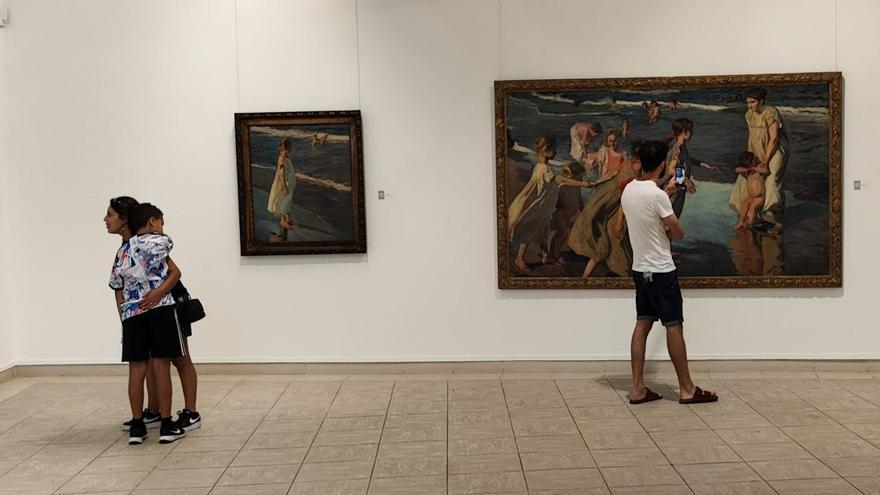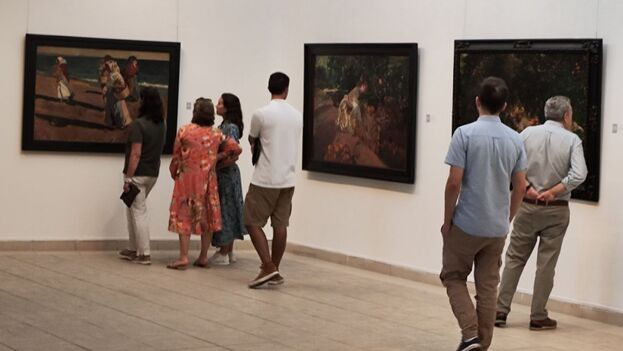
14ymedio, Havana, January 19, 2024 — Thirty paintings by Spanish artist Joaquín Sorolla (1863-1923), which the Cuban government refused to lend to Spain last April for the centenary of the artist’s death, are now on display in Havana. The exhibition, which includes major works by the artist as well as sketches and other, less significant works, will be removed on Sunday from Cuba’s National Museum of Fine Arts.
The exhibition includes important canvases such as “Summer” (1904), “Going to Sea” (1908), “The Watermelon Boy” (purchased in 1920 from Sorolla himself by the then director of the museum, Antonio Rodríguez Morey), “Portrait of the Marchioness of Balboa” (commissioned by a Cuban client in 1894) and a bust of the artist made by the Spanish sculptor Antonio Rodríguez del Villar.
Last September Sorolla’s works were moved, with little fanfare, from their usual spot in the Universal Art building to the Trocadero site, located between Zulueta and Monserrate streets. The logistics were handled by the Genesis, a state-owned company that manages galleries and sales of Cuban art to foreign buyers.

Organized by art curator Manuel Crespo Larrazábal, head of the museum’s Spanish collection, the exhibition is the island’s belated response to the centenary of Sorolla’s death. When important art galleries around the world were paying tribute to the painter in a big way, Havana reneged on a loan that it had promised to Valencia’s government eight years ago.
The reason: Fear that the legitimate owners of paintings that were seized


